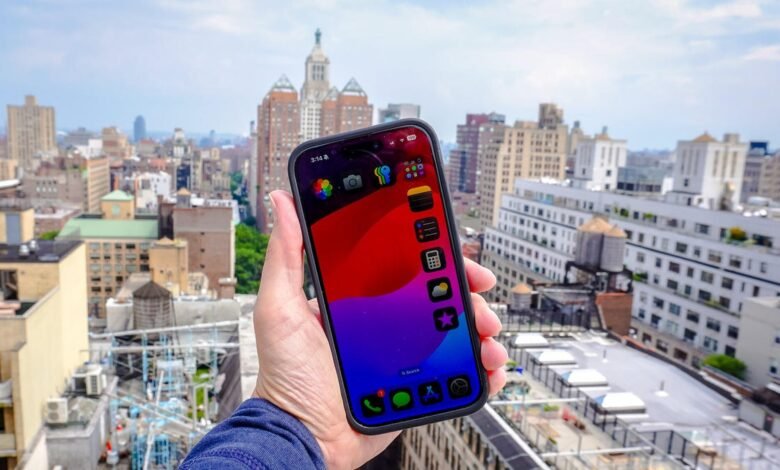I Charged My iPhone the ‘Apple Way’ for 2 Years: Battery Results

▼ Summary
– The author’s iPhone 15 Pro Max battery degraded significantly after 18 months despite following Apple’s recommendations to preserve it.
– Limiting battery charging to 80% to extend lifespan proved impractical due to reduced daily runtime and persistent battery anxiety.
– After 501 charge cycles, the battery’s maximum capacity dropped to 89%, requiring frequent midday recharging with power banks.
– The author concluded that sacrificing 20% battery capacity for potential longevity wasn’t worth it based on personal experience and others’ similar findings.
– For the iPhone 17 Pro Max, the author switched to 100% charging with optimized battery charging instead of strict 80% limits.
For anyone deeply invested in maximizing their iPhone’s battery longevity, the debate over optimal charging habits is a constant companion. The central question remains: does deliberately limiting your daily charge to 80 percent genuinely extend the battery’s overall lifespan in a meaningful way? After a dedicated two-year experiment adhering strictly to Apple’s recommendations, the results were both revealing and personally disappointing.
My journey began with an iPhone 15 Pro Max, fueled by a determination to preserve its battery health at all costs. Like many users, I was captivated by the promise of retaining a higher maximum capacity over time. Following Apple’s guidance, I activated the 80% charge limit feature, willingly sacrificing a significant portion of my daily power reserve from the very start.
The initial phase felt surprisingly manageable. After a brief period of adjustment, the reduced starting capacity became my new normal. I rarely ended a day with the battery dipping below 35%, and for a while, the strategy appeared successful. However, the reality of battery degradation is relentless. After approximately one year and 355 charge cycles, the maximum capacity had already fallen to 91%. The combination of natural wear and the self-imposed charging cap began to create a noticeable strain on my daily usage.
As a heavy user who relies on their iPhone constantly, the situation deteriorated rapidly. By the 17-month mark, with 501 charge cycles recorded, the battery’s maximum capacity stood at 89%. The daily experience became a struggle. Starting the day at 80% charge meant the device would often be gasping for power by mid-afternoon, frequently dropping below the 20% threshold. Carrying a power bank transitioned from a convenience to an absolute necessity.
Even temporarily removing the charge limit to 100% provided only a minor, temporary reprieve; the underlying battery health was simply too compromised to support a full day of my typical use. The most frustrating realization was that the battery’s health had not degraded enough to qualify for an official Apple replacement, which typically requires the capacity to fall below 80%. This effectively meant that, for my usage patterns, the functional lifespan of a premium iPhone Pro Max model was less than two years.
This personal finding is not an isolated case. Other tech writers conducting similar long-term tests have reached identical conclusions, questioning the tangible benefit of such a significant daily compromise. The promised long-term payoff did not materialize in a way that justified the constant, short-term battery anxiety.
Consequently, with my upgrade to the iPhone 17 Pro Max, I have abandoned the 80% limit. My new strategy involves relying on Optimized Battery Charging, a feature that learns your routine and completes the charge to 100% just before you typically start your day. This approach, combined with newer hardware advancements like improved cooling systems, seems to offer a more balanced and less restrictive method for managing battery wear. For now, the ability to confidently get through a full day without a recharge feels like a monumental upgrade, and I am hopeful this more pragmatic approach will serve me better in the long run.
(Source: zdnet)